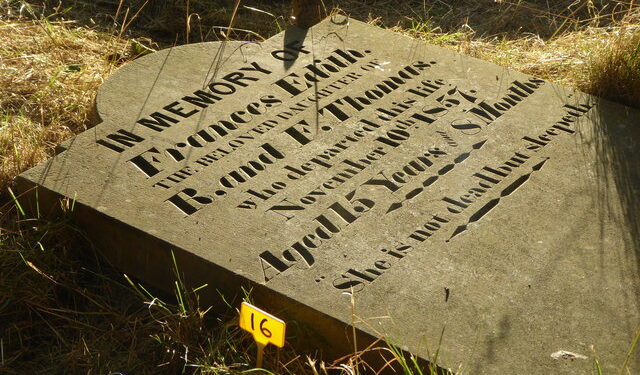You may have visited a cemetery, encountered decorative tombstones, and wondered what they symbolize. Most of these symbols have a precise meaning and reflect the deceased or their time here on earth.
A tombstone or gravestone has great significance not just to the deceased and its family but to others too. Aside from providing the identification and memory of the dead, gravestones may also share historical data about the local community. As Olympia Marble quotes, ‘Cemeteries are more than just where bodies are kept. It’s also where memories come alive, taking visitors back to a specific era.’
That said, here’s a guide on deciphering the various characters and understanding their importance.
1. Cross
A cross is one of the commonly used symbols for gravestones. It reflects a person’s religion and beliefs on resurrection after death. However, if found in a military cemetery, it stands for victory on the war front, reward, or trials.
2. Books
While books may signify a Bible, it has other varied meanings. An open book may mean life was suddenly cut short, while a closed book means a fully lived life.
A book may also indicate that the departed soul was a scholar before they met their death. It is why you will find it on the tombstones of writers, scholars, or people perceived as faithful.
3. Anchor
An anchor represents steadfastness and hope. It is mainly engraved on sailors’ graves to describe their time as sailors. You may also see it on the gravestone of someone who loves the sea. If the anchor has a chain around it, it signifies the premature death of the sailor. Other people may incorporate a cross as a guide to a secret meeting venue.
4. Clasping hands
Even though a loved one may be departed from us, some people may hold on to the hope of reuniting with them. A tombstone with clasping hands symbolizes unity. Couples’ shared graves mostly use it. However, it may also mean continuity of life and death as the deceased welcomes eternal life.
5. Lamb
Most children’s graves will have a lamb on the tombstones. Children are known for gentleness, purity, and innocence. Usually, in the Holy book, a lamb represents innocence and purity.
6. Dove
According to the Bible, Noah used a dove to check if the floods had subsided. When it brought back an olive branch, it meant that the dove had found some land not submerged in water. The interpretation was that the floods had reduced and symbolized hope that there was no more flooding. That is why a dove stands for hope. If it has a cross on its beak, it signifies the Holy Ghost.
7. Broken Column
Sometimes, you’ll find a broken column placed on a tombstone. What this implies is that a life was cut short in their prime. Other people will use it to mean a broken relationship between the living and the dead.
8. Triangle
According to Christianity, an equilateral triangle represents equality, truth, and the Holy Trinity.
9. Snake
Initially, two snakes wrapped around a caduceus, a winged staff, represented the god Hermes but have been adopted by medical practitioners as s a symbol of medicine. It has been confused with the rod of Asclepius. The last-mentioned symbol is popularly found on doctors’ tombstones. A cross with a snake around it symbolizes a masonic serpent.
10. Flying Hourglass
In ancient times, it was common to find tombstones with hourglasses with wings. It represented the fact that life is time limited. The masonic community pairs the winged hourglass with a scythe, symbolizing how it is easy to cut ties between the living and the dead.
11. Urn
A draped urn is commonly found on tombstones, especially in the 19th Century. The urn represents death and ashes. On the other hand, the drapery represents the difference between life and death and the mourning season.
12. Rose Flowers
Rosebuds are an indicator that the departed was a teenager or a child. The fuller the rose flower, the older the person was. In the Victorian era, rose motifs were popularly used for women’s graves. The rose is a symbol of hope, love, and beauty.
13. Acorn Motif
Acorn Motifs represented strength, longevity, power, fruitfulness, prosperity, and independence.
14. Dogs
Dogs have always been known for their vigilance and loyalty to man. If found on a gravestone, it may mean the former statement or simply be a dog’s grave.
15. Beehive
Beehives have been used to signify faith and Christianity. If you spot it on a tombstone, it means the person was very religious, or they probably worked for the church.
Conclusion
This list does not contain all the gravestone symbols; hundreds of them are interpreted differently by different people depending on the deceased’s lifestyle or preference.
If you are looking for something unique to place on your loved one’s gravestone, you also have the option of creating your symbol with a meaning dear to the dead person or you. You are not limited to how creative you can be.






